Salmon: Biology, Nutrition and Consumption
Pacific salmon are among the dominant fish groups and the main consumers of forage resources in the upper layer of the subarctic Pacific. In the last years, the majority of Pacific salmon species in North America and in Asia have experienced an increase in abundance, and their role in marine ecosystem has changed. This book examines the feeding habits and trophic status of the Pacific salmon in different regions of the subarctic Pacific under the influence of changing environmental factors. Moreover, this book deals with the present-day Norwegian regulations of saltwater salmon fisheries and particularly Norway's attempts to harmonize the interests of people and fish.Polycyclic aromatic hydrocarbons (PAH) constitute carcinogenic environmental contaminants such as dioxins. Fishes and particularly Salmonids are very sensitive to the PAH toxicity. The natural and anthropogenic PAH generations lead to an environmental contamination of water, sediments and feed of Salmonids, then to a fish contamination and finally to a human food contamination eating those contaminated fishes. The authors of this book discuss the monitoring of these chemical contaminants in salmon, essential to evaluate the pollution related to human activities and to guarantee the quality of fish as food for human consumption. In addition, the effects of replacing fish oil (FO) with rapeseed oil (RO) in Atlantic salmon post-smolt diets is discussed, and its subsequent effects on liver and muscle fatty acid (FA) composition and growth are described. This book also describes the high-pressure processing of fresh salmon and light preserved products like cold smoked salmon. Its effect on microorganisms, enzymes and organoleptic properties are analyzed, as well as the process parameters, pressure, duration, and temperature affecting microorganisms, structure and color, which all determine the market chances of the product. Moreover, the authors underline the influence of three main factors – super-chilling, dietary lipids and pre-slaughter crowding stress, on Atlantic salmon flesh quality, with a focus on the role of lysosomes and lysosomal enzymes, cathepsins B and L, in muscle structure degradation and flesh quality.
{{comment.content}}
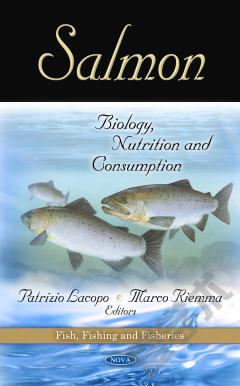
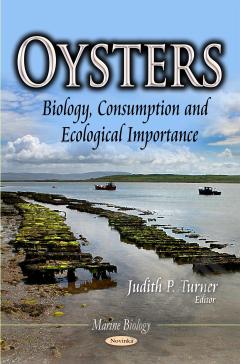
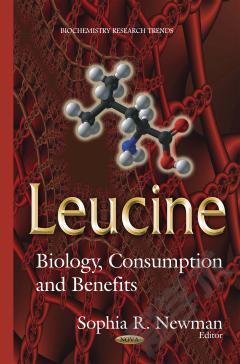

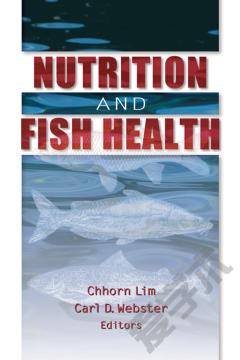
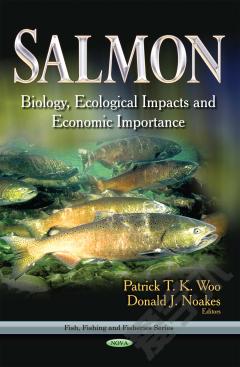
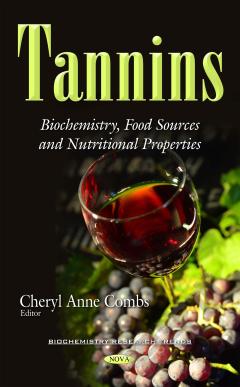

 京公网安备 11010802027623号
京公网安备 11010802027623号